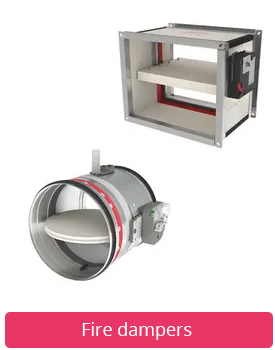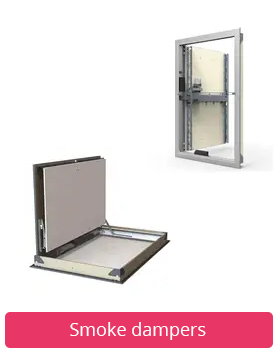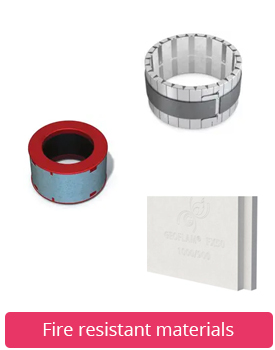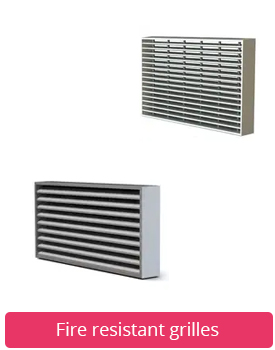Blog
Download our brochure

Stay informed
Incorporating effective fire protection strategies into HVAC systems is essential for ensuring building safety and regulatory compliance. This article explores advanced fire protection measures, discusses the latest trends, and provides guidelines on integrating these systems seamlessly with HVAC installations. Understanding the critical role of fire protection in HVAC systems can significantly enhance safety measures, reduce risks, and ensure a safer environment for occupants.
Understanding the importance of fire protection in HVAC systems
Fire protection in HVAC systems is not merely a regulatory requirement but a crucial aspect of building safety management. The primary goal is to prevent the spread of fire and smoke through ductwork, which can facilitate rapid fire expansion throughout a building. This section discusses the fundamentals of fire protection specific to HVAC applications and the reasons why they are a critical facet of building design:
- Prevention of fire spread: HVAC systems can either impede or facilitate the spread of fire and smoke. Properly designed systems incorporate fire dampers and smoke detectors that activate to seal off the system when a fire is detected.
- Regulatory compliance: Adhering to local and international building codes is essential. These regulations often specify the types of materials and fire protection systems that must be integrated into HVAC installations.
- Safety of occupants: Effective fire protection systems ensure that in the event of a fire, the pathways for smoke and flames are minimized, enhancing the occupants' safety and providing more time for evacuation.
Key components of fire safety in HVAC systems
To ensure effective fire protection, several components must be integrated into the HVAC systems. This section details the essential elements that contribute to a robust fire safety strategy:
- Fire dampers: Installed in the ductwork, these devices are designed to close automatically when a fire is detected, preventing the spread of flames and smoke through the HVAC system.
- Smoke dampers: These are designed to remain closed under normal operating conditions and automatically open to allow air to flow through the ductwork in response to a fire alarm signal.
- Heat and smoke detectors: Placed strategically throughout the system, these sensors provide early detection of fire and smoke, triggering the HVAC system's safety protocols.
- Fire-resistant materials: Utilizing materials that can withstand high temperatures and inhibit fire spread is crucial in ductwork and other components of the HVAC system.
Integrating fire protection with HVAC design
Effective integration of fire protection measures with HVAC design is vital for the overall efficacy of both systems. This segment outlines the best practices for seamless integration:
- Early integration in the design phase: Fire safety features should be considered at the beginning of the HVAC system design process to ensure optimal placement and functionality.
- Collaboration between engineers: HVAC engineers and fire safety experts should work closely to ensure that the fire protection measures do not compromise the HVAC system's performance and vice versa.
- Regular maintenance and inspection: Scheduled inspections and maintenance of fire dampers, smoke detectors, and other components ensure that they function correctly when needed.
Emerging trends and technologies in HVAC fire protection
As technology advances, so do the methods and equipment used in fire protection for HVAC systems. This section explores the latest trends and innovations that are shaping the future of fire safety in HVAC installations:
- Smart detection systems: Utilization of IoT and smart technologies for more sophisticated smoke and heat detection that can provide real-time data and control options.
- Improved materials: Development of more advanced fire-resistant materials that provide better protection and durability under extreme conditions.
- Regulatory developments: Updates in building codes and standards that reflect the latest scientific research and technological advancements in fire safety.
Conclusion
Integrating advanced fire protection measures into HVAC systems is crucial for enhancing building safety and meeting stringent regulatory requirements. By understanding the essential components and best practices for effective integration, and by staying informed of emerging trends, building managers and engineers can ensure that their HVAC systems not only meet but exceed the required safety standards. Ensuring robust fire protection will continue to be a pivotal aspect of HVAC system design and maintenance in the pursuit of safer building environments.




